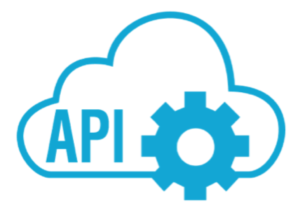Cloud Security and Privacy Overview
Here is another post to help you with the new Evolving Technologies section of the written exams for CCIE. This is from the Cloud section, and specifically addresses the Security and Privacy sub-bullet.
The Top Concerns
What should be your top most concerns in this area? Here they are:
- Secure data transfers – ensuring data travels over IPsec, or similarly protected channels is critical as information moves from your users to private, or public, or hybrid clouds; obviously public and hybrid clouds can present more risk as the Internet is often the medium of transfer.
- Secure software interfaces – the APIs you and your provider use in your cloud services must also offer security and privacy mechanisms.
- Secure stored data – for storage in the cloud ecosystem, is your data receiving the security and privacy it requires; what about proper disposal of data by cloud providers?
- User access control – who has access to your data in the cloud? This is especially critical if your data is maintained by a public provider with users that fall outside of your corporate scope.
- Data separation – if you are using cloud services in a multi-tenant environment, what techniques are in use to protect data breaches from one organization to another.
Cloud Security Controls
These tend to fall into these categories:
- Deterrent controls – intended to reduce attacks on a cloud system. Much like a warning sign on a fence or a property, deterrent controls typically reduce the threat level by informing potential attackers that there will be adverse consequences for them if they proceed.
- Preventive controls – strengthen the system against incidents, generally by reducing if not actually eliminating vulnerabilities. Strong authentication of cloud users, for instance, makes it less likely that unauthorized users can access cloud systems, and more likely that cloud users are positively identified.
- Detective controls – intended to detect and react appropriately to any incidents that occur. In the event of an attack, a detective control will signal the preventative or corrective controls to address the issue. System and network security monitoring, including intrusion detection and prevention arrangements, are typically employed to detect attacks on cloud systems and the supporting communications infrastructure.
- Corrective controls – reduce the consequences of an incident, normally by limiting the damage. They come into effect during or after an incident. Restoring system backups in order to rebuild a compromised system is an example of a corrective control.
